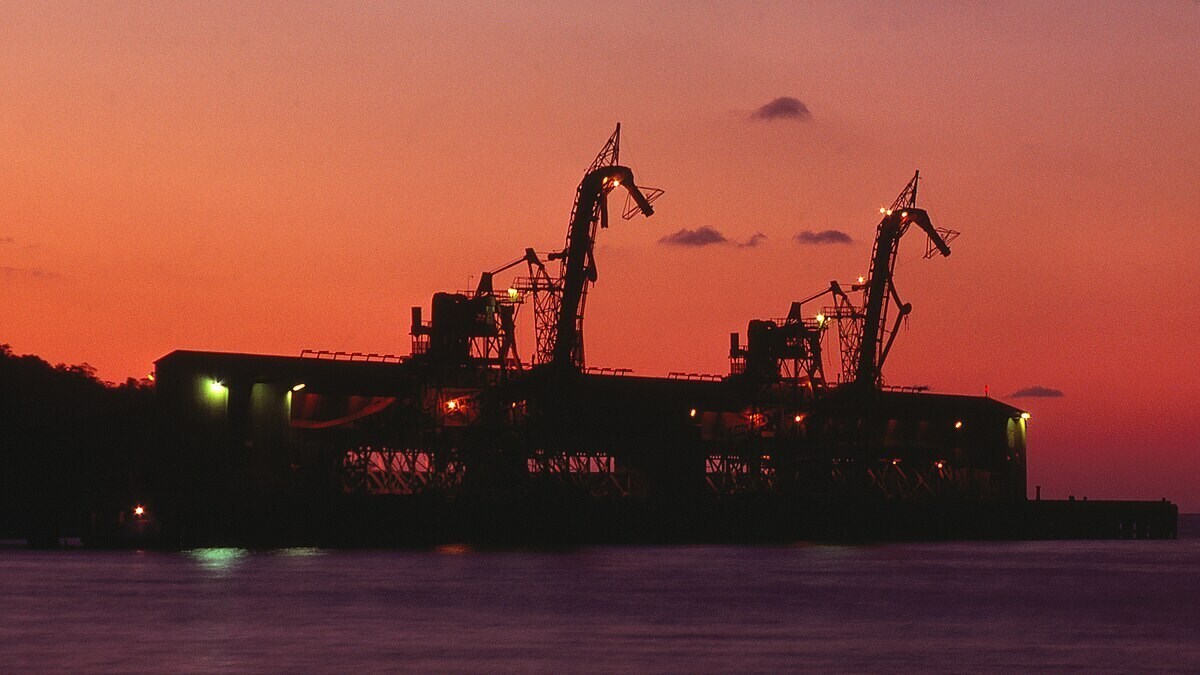

Iron ore has long dominated the dry bulk shipping market, but its supremacy has recently begun to fade. According to new figures from Ursa Shipbrokers in Greece, based on AXSMarine vessel-movement data, iron ore’s share of global dry bulk tonne-miles slipped from 41.5 per cent in 2015 to 36.2 per cent in 2024 and now stands at around 37.1 per cent so far in 2025.

Bauxite’s breakout moment
Bauxite, a key raw material for aluminium production, has climbed from just 2 per cent of global tonne-miles in 2015 to 8.4 per cent in 2025. The surge represents both the rapid expansion of alumina refineries in China and the explosive growth in long-haul exports from Guinea, now a central hub in the world’s bauxite trade.
According to the International Aluminium Institute data, China produced 43.4 million tonnes of primary aluminium in 2024, compared with barely 3 million in 2000. The rapid growth of electric vehicles and a rebound in construction demand have cemented bauxite’s position as one of the most dynamic commodities in dry bulk shipping.
Taken together, these significant shifts in the global market are reshaping the dry bulk business dynamics. Iron ore, which has long been the undisputed anchor of the dry bulk market, is now replaced by a more diverse mix of industrial and energy-efficient cargoes, with bauxite leading the charge in a new era of maritime trade.
Coal continues its significant in dry bulk marketing
Despite the rapid growth of cleaner and renewable energy in electricity generation, coal remains a significant part of the global dry bulk trade. With a combination of thermal and metallurgical coal, this segment still stands as the second-largest in tonne-mile generation, though iron ore was losing significance. After peaking at over a quarter of global tonne-miles in 2018, coal’s share declined to 21.7 per cent in 2020 before making a solid comeback during the global energy crisis to around 24.2 per cent in 2023. It has since eased to roughly 21 per cent in 2025.
The gradual decline of China’s steel-heavy growth model has triggered the rise of alternatives in the first place. Most importantly, the country’s construction and industrial expansion accounts for the majority of global iron ore demand. However, the market is now more saturated in this segment, which has somewhat propelled the growth of minor bulk commodities, which have been expanding far faster than iron ore shipments.
Read More: Jamaica renews focus on reviving its bauxite and alumina industry
Responses








